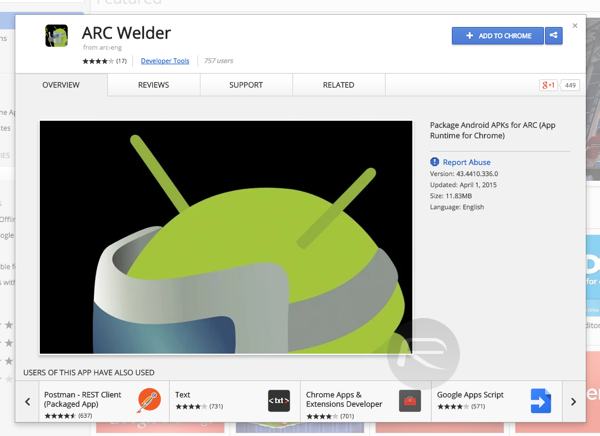
- CHROME APP LAUNCHER FOR MAC FOR MAC
- CHROME APP LAUNCHER FOR MAC INSTALL
- CHROME APP LAUNCHER FOR MAC FULL
- CHROME APP LAUNCHER FOR MAC SOFTWARE
The Pulse Application Launcher and Pulse Secure Setup Client will be shown in the installed programs list.
CHROME APP LAUNCHER FOR MAC SOFTWARE
CHROME APP LAUNCHER FOR MAC INSTALL
In the warning message box that appears, click Yes to download, install and/or execute software from the server.The Pulse Application Launcher installs setup client module. The Pulse Application Launcher installs setup client module.If you do not want this prompt to appear in future, click Always. In the warning message box that appears, click Yes to allow Pulse Secure to contact the server.Select Remember my choice for all links of this type, and click Launch Application. The browser will show a warning message as shown in the figure below.Login to the PCS server using the user name and password given by the administrator.To install Pulse Client for the first time:

Installing Pulse Client using Pulse Secure Application Launcher for the first time using Chrome (Windows): Launching Pulse Client using Pulse Secure Application Launcher.Installing Pulse Client using Pulse Secure Application Launcher for the first time.
CHROME APP LAUNCHER FOR MAC FOR MAC
Note: Enhanced PSAL support for Mac was added in PCS 9.0R3 which adds support for launching JSAM Premier Java RDP Applet and other client modules.įor a new user, launching the Pulse client for the first time, it involves following steps:
CHROME APP LAUNCHER FOR MAC FULL
In 8.2R5, full support for Firefox was added for Windows. Note: During the initial release in 8.2R1, the solution works for Chrome and Edge browser on Windows and Safari on macOS. The custom URL, when invoked, will automatically trigger the new application – Pulse Secure Application Launcher. This application uses a custom URL, pulsesecure://, to deliver and launch client applications. HOB applet (Premier Java RDP applet 8.3R3 and later) Pulse Secure Application Launcher allows installation and launch of below components : While the Chrome app launcher makes sense on a. Chrome exists in a weird place between a desktop app and an operating system. Once you've added all the Google "apps", click the Save button and the folder will be added to the Unity Launcher ( Figure B).Starting in 8.2R1, due to the end of ActiveX and Java support on many browsers, an alternate solution is provided called Pulse Secure Application Launcher (PSAL). Google Is Killing the Chrome App Launcher For Windows, Mac, and Linux. Search for all your Google "apps" that you've added as launchers and drag them down to Launcher Folders. Move that app to the bottom right of your screen and then open the Unity Dash.

Apps without this are newer ‘Packaged Apps’ and open (typically) in their own window. Application icons badged with a small arrow icon are ‘traditional’ web apps/shortcuts that open in a new tab. You get a small, square icon that, when clicked, reveals a grid of app icons and a search box.

To do this, follow the same steps as above, only instead of selecting Add to desktop, select Add to shelf. Chrome’s App Launcher works on Windows and Mac in much the same way as it down on Chrome OS.

This will create a quick launch icon on the desktop panel (aka the shelf) for easy access. If you happen to be using ChromeOS, you can skip adding the "app" to the desktop and add it directly to the shelf. Once you've created an "app" for the website, you can open the "app" and then lock the app icon to your launcher of choice (depending upon your desktop).


 0 kommentar(er)
0 kommentar(er)
